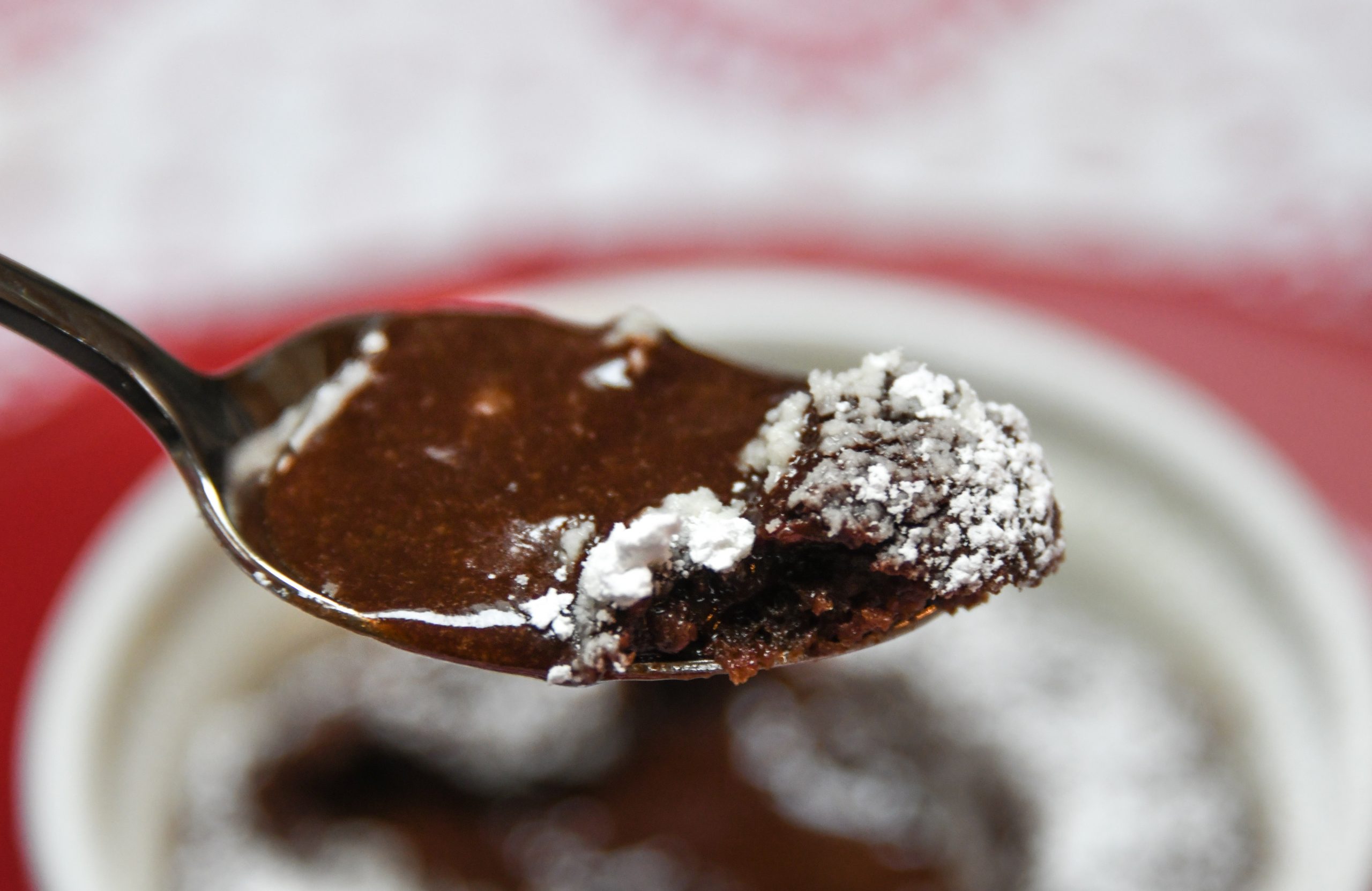Hot off the Presses! Waffles!
At a recent holiday party I got pulled into a conversation about why Belgium is such a fantastic country to visit. According to the Belgium buffs, it possesses everything that anyone could ever desire — quaint cities, beautiful architecture, first rate art, few tourists and loads of excellent food including Trappist beer, fries, mussels and chocolates. While I wouldn’t rank Belgium as my top vacation spot, I do enjoy much that this historic land and the headquarters of the European Union has to offer. Of course, I love the aforementioned art and architecture. I likewise adore the world class chocolates and beer. What sells me on Belgium, though, is its waffles. Sold throughout the country in cafes and on street corners, waffles are believed to be a spin-off of the medieval Flemish wafer. Like their small and crisp predecessor, these honeycombed cakes are cooked between two greased, patterned, metal plates. Originally, folks pulled out their waffle irons only on special occasions. In fact, during the Middle Ages parents of a newborn girl would often receive …
